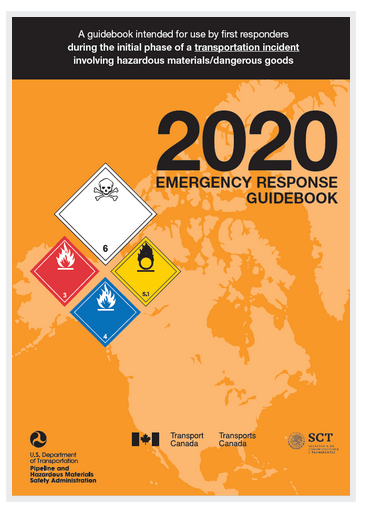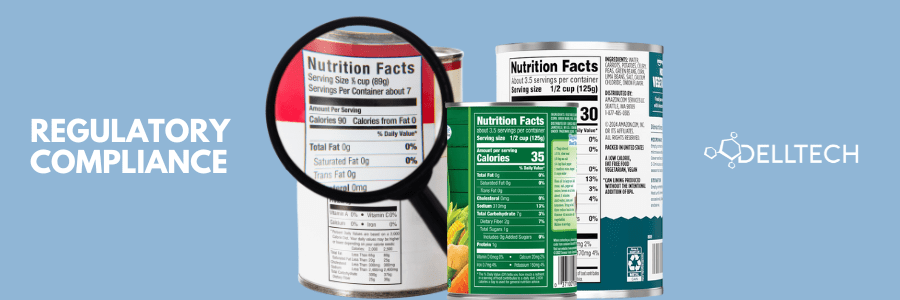By: Kirsten Alcock, Manager of Product Safety, email
For those who transport Dangerous Goods, it is always important to have as much information available as possible for your shipping department. It is also important in the case of a spill for the first responders. One of my favourite sources of FREE information is the Emergency Response Guidebook.
This Guidebook is a free source of information which many individuals use in case there is a spill/accident. The guidebook has various sections that go into anything from rail car identification to protective clothing, fire and spill control, Canada and US National Response centers and more.
You can download your free copy of the Emergency Response Guidebook from the government of Canada. At this point in time, the 2020 version is available online – not only in English but Spanish as well.
If you have any questions regarding the transportation of Dangerous Goods within your facility, do not hesitate to contact us. We can help you determine if your product is indeed hazardous for transportation and what your requirements are for that particular classification.
Contact:
Dell Tech
Kirsten Alcock, B.Sc. (Hons)
Manager, Product Safety Group
519-858-5074
kirsten@delltech.com
Dell Tech has provided professional, confidential consulting services to the chemical specialty
industry in Canada, the USA, Europe, and Asia for the last 40 years.
Contact us today for more information.





